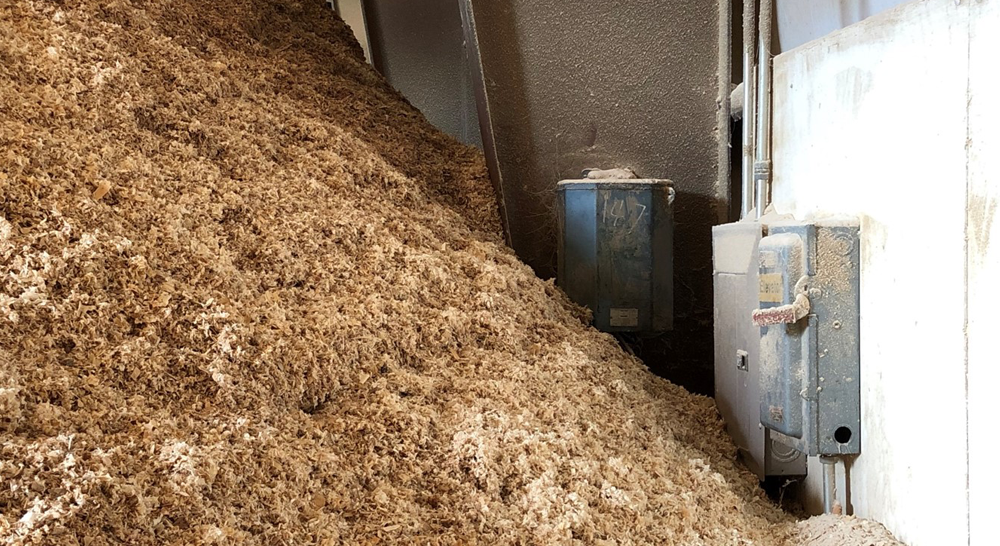One of the biggest challenges wood product operations face is how to handle the accumulation of combustible dust. When working with wood, sawdust build-up is inevitable. It gathers on every surface and can be extremely hazardous to any operation.
When wood dust is present, there is not only the explosion hazard from fine particles in the air, but also the risk of a fire that can easily and quickly ignite due to cigarette smoking, hot work, open flames, or faulty electrical equipment, among a variety of other triggers. This fire hazard is not only detrimental to the property and safety of employees, but it can also accumulate profound costs to a business.
Managing your risk exposure
To ensure a wood product facility is properly protected from the risks of wood dust, management should implement comprehensive housekeeping and maintenance procedures. Here are some safety practices to help limit fire exposures at your woodworking or wood manufacturing facility:
- Install a dust collection system: A good dust collection system can improve safety tremendously at a wood operation. At smaller businesses, portable dust collection machines are often sufficient, but at larger ones, outdoor cyclones are frequently necessary.
- Perform regular maintenance: Implementing dust collection systems is essential but can only be effective with the proper maintenance. Routine preventative maintenance checkups should be scheduled and performed to ensure full effectiveness of systems.
- Establish a housekeeping program: Daily cleanups of wood waste should be fulfilled at the end of the day or shift to avoid waste from accumulating. It is also important to consider a more comprehensive cleanup in areas within facilities that, without regular attention, tend to accumulate dust. This includes:
• Vertical surfaces with adhered dust
• Horizontal surfaces, including beams, joists, and tops of equipment
• Concealed spaces, such as that behind equipment
• Electrical panels and motor control boxes
• Motors, particularly in the dust collection system
You can also consider the addition of equipment like SonicAire, combustible dust fans that help reduce overhead dust accumulation. - Maintain wood waste: Avoid allowing the accumulation of large piles of saw dust, wood chips, bark or mulch, and any piles in general near the building. It is recommended to maintain bulk piles at least 100 feet away from sawmills and at least 50 feet away from any other buildings.
- Follow safety guidelines: Consistently enforce a safe smoking policy, that includes proper disposal of cigarettes, and ensure staff members are following proper hot work fire safety procedures, including obtaining relevant hot work permits. Hot work refers to open flames and sparks from operations such as brazing, welding, cutting, grinding, and soldering.
“An ounce of prevention is worth a pound of cure.” That is why at PLM, we encourage business owners to take the time now and address this exposure to potentially save your operations from costly incidents such as fires, employee illness and injury, loss of business, and harm to your reputation.
PLM’s Loss Control Representatives are dedicated to helping customers mitigate areas of risk within their organization through consultative services and helpful recommendations. In addition to our representative’s expertise, we have an extensive library of safety guides, resources, and services that can be found online at our Loss Control Center.


